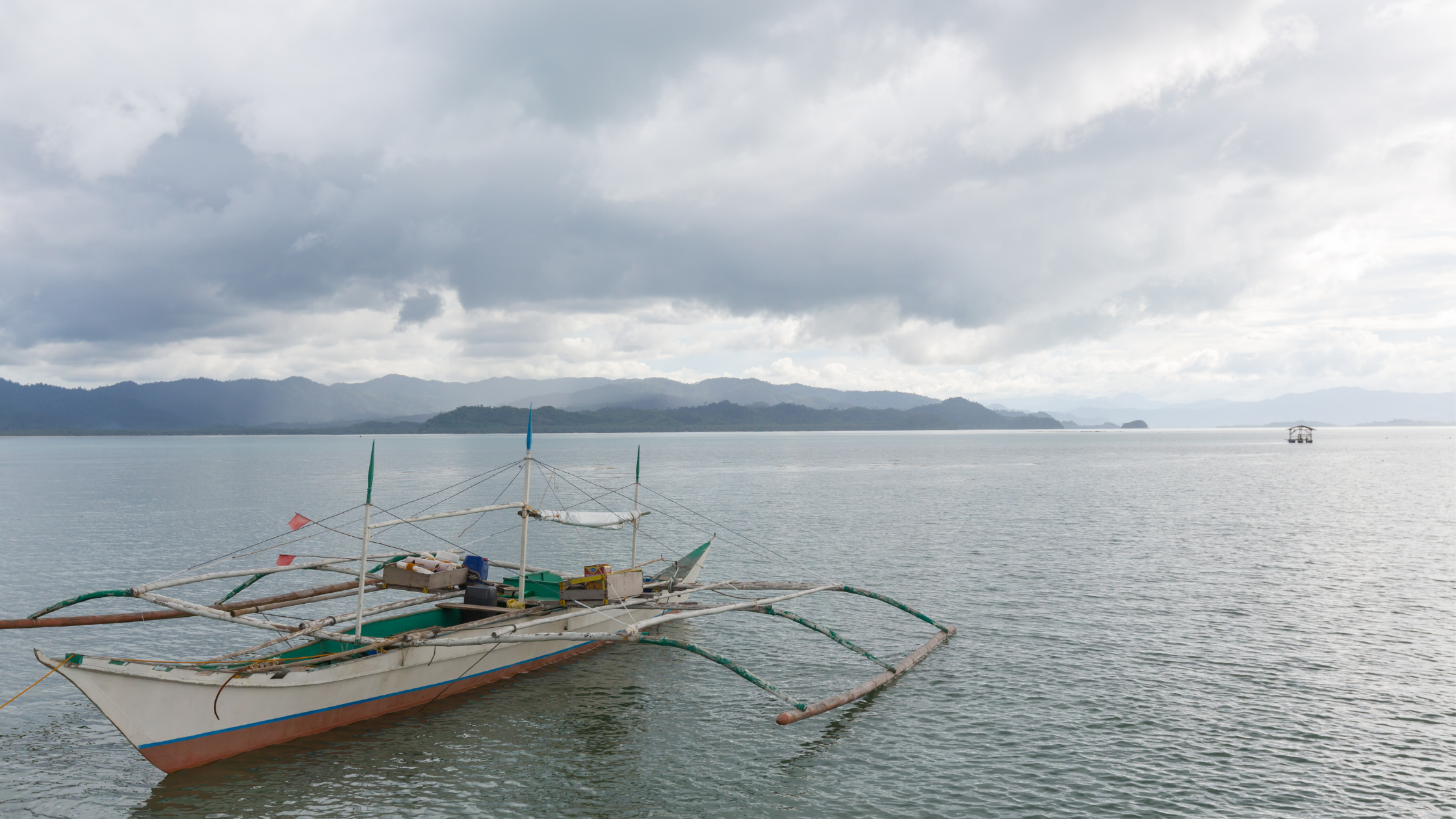The plight of our fishermen and the fishing communities that feed our nation continuously heighten with the new Delta variant gradually making itself in various parts of the world. Fish is one of the most highly traded food products globally; severe disruption was immediately felt.
With continuous restrictions put in place by many governments worldwide, in developed and developing nations, it collectively begs the question, what is left with the fisherfolks communities in the Philippines and in other parts of the world?
Thirteen thousand households of fisherfolks are going hungry in the Ilocos Region.
The island of Luzon is filled with communities that rely solely on fishing for their livelihoods. Since the strict implementation of restrictions and lockdowns in various parts of the Ilocos region, 13,000 households, part of the region’s fisherfolk communities, has put a halt to their source of livelihood. This has forced the majority of fisherfolks’ families to go hungry.
The lack of government support was not enough, and in response to the plight of these fishermen, locals have resorted to fundraising and online campaign drives. One of which includes Ammoyo: Ilocos Peoples COVID-19 Response which was meant to facilitate communication and crisis response between local government units and NGOs and groups who could provide immediate relief and support.
Less mobility in fish farms, less capacity to invest in aquaculture production.
Since strict lockdowns have encouraged less mobility in the fishing industry, including small fish farms across the country, fish kills continue to escalate, and access to fingerlings that require restocking is low. The costs were also high in terms of restocking due to higher transport costs of imported fry. With such rigidity and fewer opportunities to make money, it’s no surprise that local fishermen who want to invest in aquaculture production have less capacity and will to do so.
Maritime training of coast guards has been doubled.
ASEAN Today reports that as of May 2021, the lockdowns imposed due to COVID-19 have not stopped the maritime disputes with China over the West Philippine Sea. This has posed several challenges for fisherfolks trying to get their catch in the face of Chinese fishing vessels claiming the areas of the Julian Felipe Reef.
This is one of the maritime territories that are some of the region’s largest fisheries that play a significant role in the Philippines economy. 7% of the country’s catch comes from the West Philippine Sea. Thus, intensified maritime training amongst local coast guards has become part of the new routine to keep Philippine waters in check while ensuring Filipino fishers are not put at risk when trying to do their jobs.
Call It What It is
Being in tune with what’s going on in the Philippines is a reflex to many of us, but looking into the plight of our fishermen and fish farmers should be an essential part of taking steps to change the way we treat our nation’s feeders.
Let Fishta lead you into responsible fishing with our wide array of fish selection and frozen or smoked seafood items, ensuring you’re in tune with what is good for you and how well it was sourced.

